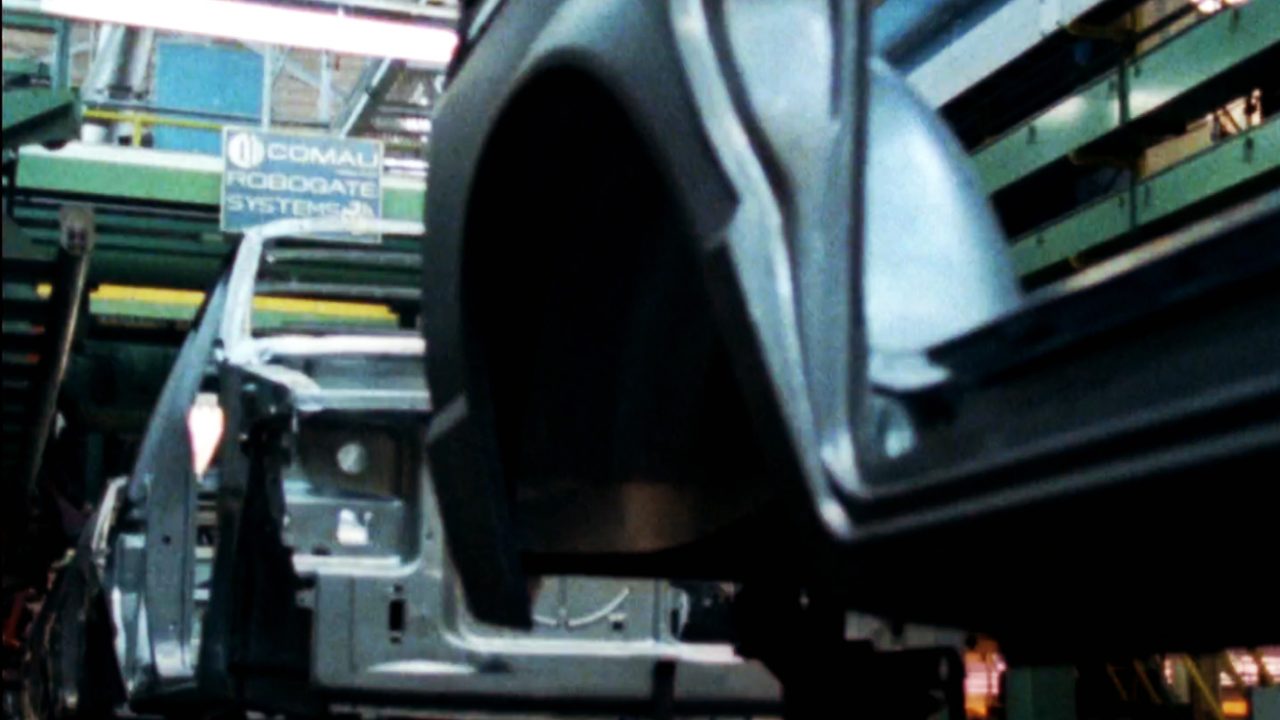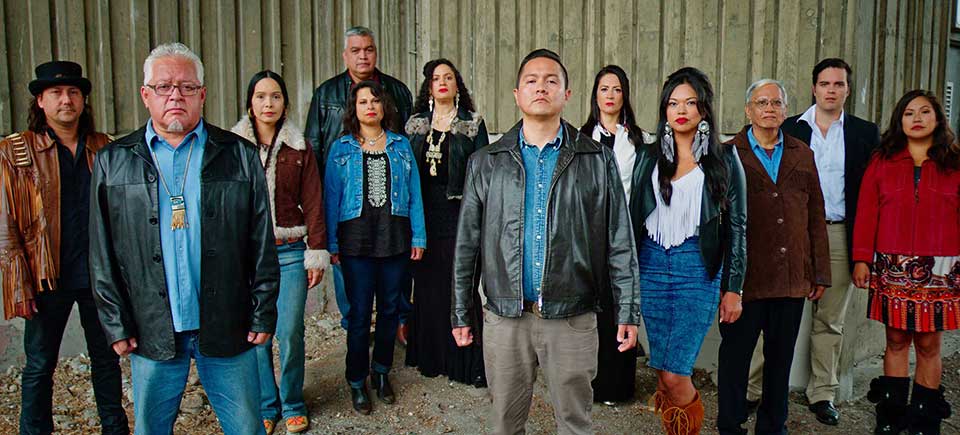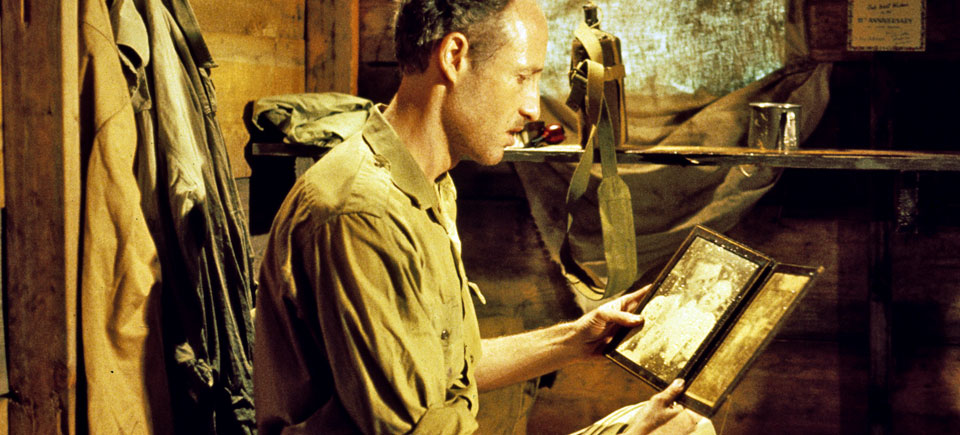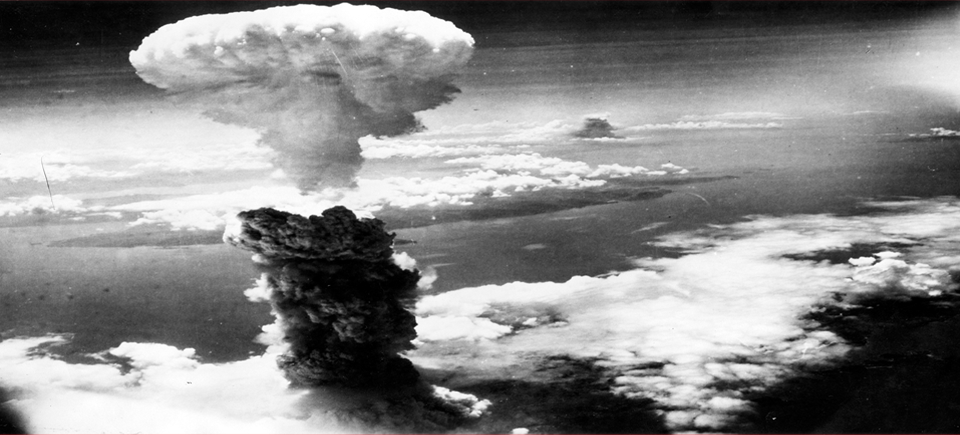Filmmaker Philippe Baylaucq on screening A Dream for Kabul in Japan
Note: This post was taken from our French sister site, ONF.ca, and has been translated into English.
-
Pingback: How to Make a Dog Bed : How to Measure Your Dog for a Dog Bed
Note: This post was taken from our French sister site, ONF.ca, and has been translated into English.
Philippe Baylaucq is back from Tokyo, Japan, where he presented his film A Dream for Kabul at the Canadian Embassy. We asked him to give us his impressions of his trip. (Carolyne Weldon, ONF.ca)
* * *
This time, my Magician of Kabul, Haruhiro Shiratori, was at home in Tokyo. Magic – his magic – was in the air, in the shape of the Japanese premiere of Fire and Water (the Japanese version of A Dream for Kabul).
Fire for the death of his son Atsushi, who died in the North Tower of the World Trade Center on September 11, 2001. Fire, as well, for the fury and desire for revenge, transformed by his father into a gesture of reconciliation with the people of Afghanistan, whom Mr. Shiratori has met on their home turf a number of times over the past 7 years.
Water for the vital nature of this openness toward the Other. Water for the energy it takes to understand the absurd, for our hopes for peace and reconciliation, despite everything.

The credits were almost finished rolling on the big screen in the prestigious auditorium at the Canadian Embassy in Tokyo. The 300 seats were filled with guests: diplomats, Japanese and international UN officials, members of the Japanese parliament, our colleagues from the Quebec government office in Tokyo, students, family and friends, assorted lovers of peace. Closely watched and warmly applauded, the film was very well received. The impact was palpable all the way to the lobby, where a second screening had been organized for the overflow audience.
At a time when people in Japan (and elsewhere) are seriously debating the best way to invest the country’s human and financial resources in reconstruction efforts hampered by a never-ending war, the film’s hard questions and calls for hope generated lively discussion in the auditorium and during the large reception held after the screening.
Japanese and American friends of the late Atsushi seem to have rediscovered a bit of the precious essence of their friend in this 21st-century tale, where nothing is black and white but, judging by the audience’s reaction and despite the numerous questions without answers, there is a glimmer of hope, an ambitious optimism embodied by a Japanese Don Quixote, a tenacious, courageous, idealistic and original man.
For me, it is finally time to wrap up an adventure that started 6 years ago when I stumbled across an article in one of Tokyo’s leading English-language dailies. When I met the Japanese restaurant owner in New York City on September 10, 2003, on the eve of the two-year anniversary of the tragedy, I could never have predicted that 6 years later we would find ourselves side-by-side on a stage in front of 300 people, shaking hands and wishing each other well, hoping with all our hearts that this wonderful screening would help Haruhiro Shiratori achieve his dream of changing the lives of a few young Afghans, of transforming their anger and idleness into openness to the world.
There is no greater pleasure for a filmmaker than to follow his film to cities around the world and see audiences in North America, Europe and Japan react at the same points during the documentary, embracing the protagonist’s humanity precisely because of his contradictions, driven by the desire to believe in his crazy project because more than ever, peace needs great, inspired gestures and citizens who take risks – for the future of the world.



